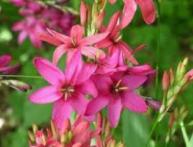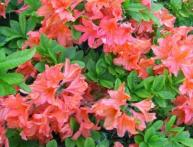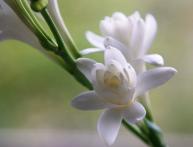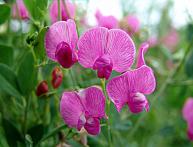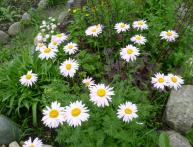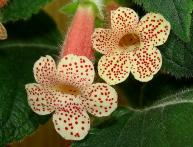Why planting and caring for anemones is interesting
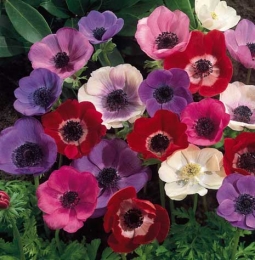
Why planting anemones and caring for them amusing? Because in the end you can get a very beautiful flower bed.
How to grow an anemone
Growing anemone is extremely interesting. In many ways, care will be associated with the type of anemone - after all, there are many of them in nature. In our climate, certain types of anemones can be grown. Their flowers are very diverse; they can be double or ordinary. They can grow and bloom profusely until autumn.
How to grow this miracle? Every gardener should know about this. In order not to experience the bitterness of disappointment, let’s consider the basics of flower breeding:
- Among the anemones there are primroses. This means that they are frost-resistant;
- In a frost-resistant variety, the flower may appear first, and only then the foliage grows;
- It is better to dig up crown nodules for the winter. The cold climate is difficult for them. They need to be dried and stored somewhere cool, mixed with dried sand. You can plant it in the spring, but first you will have to revive them a little - for example, by wrapping the nodules with a wet rag for two or three days. The result is worth the effort! This variety is very beautiful;
- Each variety needs light, necessarily nutritious soil;
- The planting hole must be arranged with a layer of drainage;
- Spring waters are dangerous when milking anemones! More precisely, its stagnation;
- Let the sun warm the landing site.
Here are the general rules. Varieties can be selected so that they bloom all year round, if the climate permits. If it doesn’t allow it, then from the moment the snow melts until autumn or winter. Loosening disturbs these plants.The solution is mulching. If the anemone is planted and cared for in the winter, then the plantings will have to be covered, for example, with leaves.


